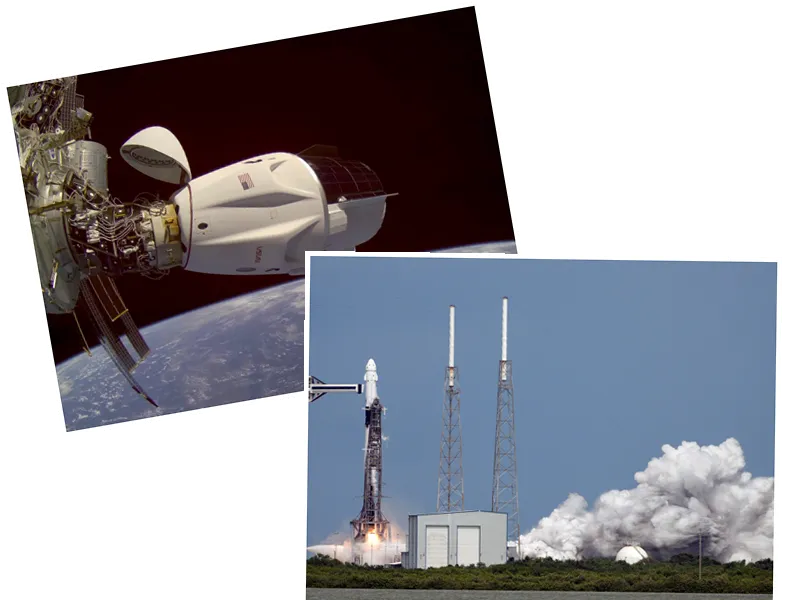The failure to catch the Super Heavy booster during this test flight highlights the challenges SpaceX faces in achieving full reusability for its rockets, which is crucial for its long-term goals.
The presence of President-elect Donald Trump at the launch indicates the growing intersection of politics and private space exploration, particularly with SpaceX's increasing role in NASA's missions.
If SpaceX can successfully refine its catching mechanism, future test flights may lead to more ambitious missions, including potential crewed flights to Mars.
The ongoing development of Starship could accelerate NASA's Artemis program, potentially allowing for lunar landings as early as 2026.
SpaceX's recent test flight of its Starship rocket ended in failure as the company was unable to catch the Super Heavy booster using its mechanical arms, known as 'chopsticks'. The booster splashed down in the Gulf of Mexico after launch from Texas on November 19, 2024. This event was closely watched, with President-elect Donald Trump in attendance.
The test was a follow-up to a successful October 13 flight where SpaceX successfully caught the Super Heavy booster mid-air, marking a significant step towards the goal of making the rocket fully reusable. SpaceX aims to utilize Starship for missions to Mars and is also pivotal in NASA's Artemis program, which seeks to return astronauts to the Moon by 2026.
The Starship system, which includes the Super Heavy booster and the Starship spacecraft, is the most powerful launch vehicle ever built. SpaceX's strategy focuses on rapid reuse of rocket components to reduce costs and increase launch frequency, which is essential for future space exploration missions.





